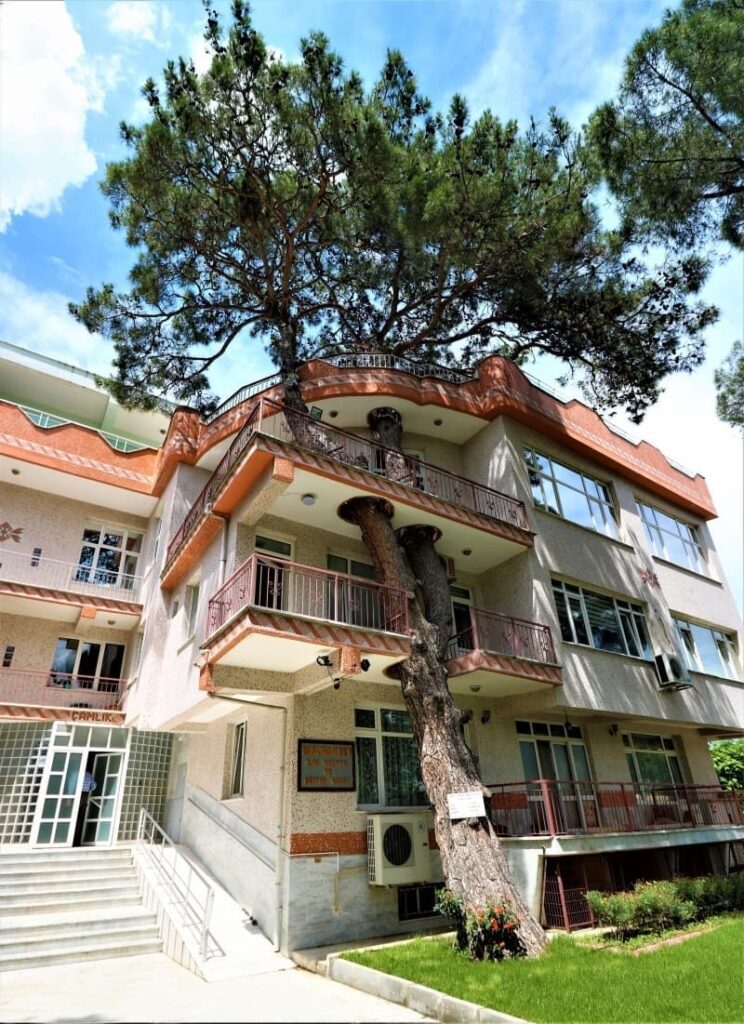The 325 Year Old Pine Tree in Saruhan Bey Building Turkey: A Living Architectural Integration
The Saruhan Bey Building in Manisa, Turkey is a grand compilation of Ottoman architecture. It is a renowned historical site, boasting of a unique combination of Islamic and Seljuk architecture.
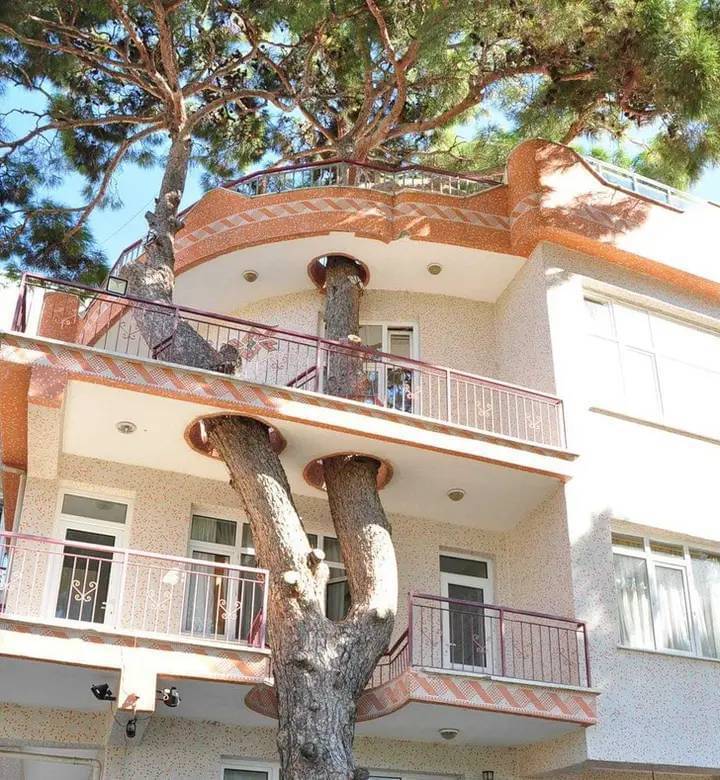
The building once served as a refuge for traders and soldiers during the Ottoman Empire. What makes this building even more unique is the presence of a 325-year-old pine tree that is integrated into the architectural design.
History of the 325-Year-Old Pine Tree
The pine tree in Saruhan Bey Building is reported to be over 300 years old. Pine Trees are long-lived and native to the region where the Saruhan Bey Build is located. The history of the pine tree spans from the time of the building’s construction.
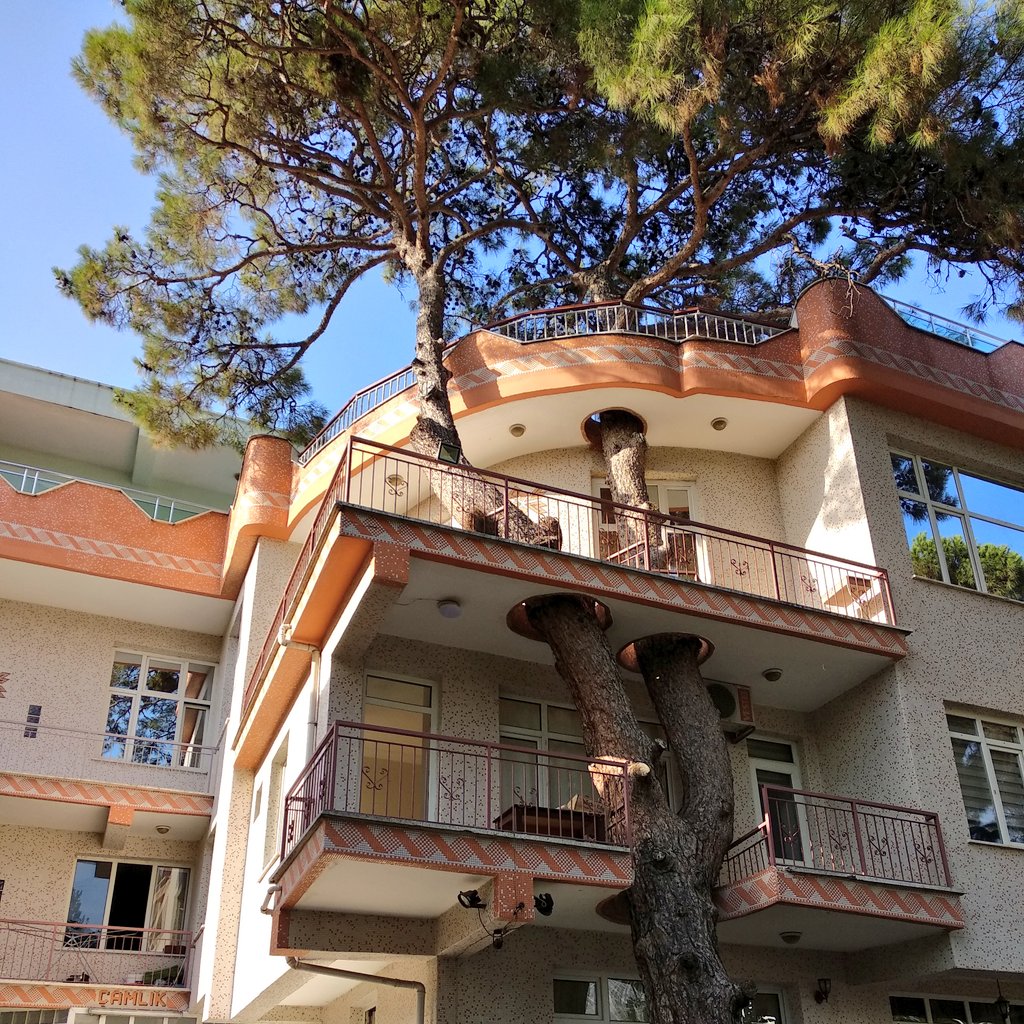
Looking closely, you can observe that the tree appears to twist around the building, creating a natural pillar. It is believed that the creators of the Saruhan Bey Building – Fahri Bey and his brother – incorporated the pine tree into the building to save it from being cut down for its use in construction.
The Unique Integration of the Pine Tree
The unique integration of the pine tree into the building has become a subject of interest among historians and environmentalists. The tree seems to connect with the surrounding architecture, and the Saruhan Bey Build has been carved to fit around the tree, which appears to embrace the entrance arch like an old friend.
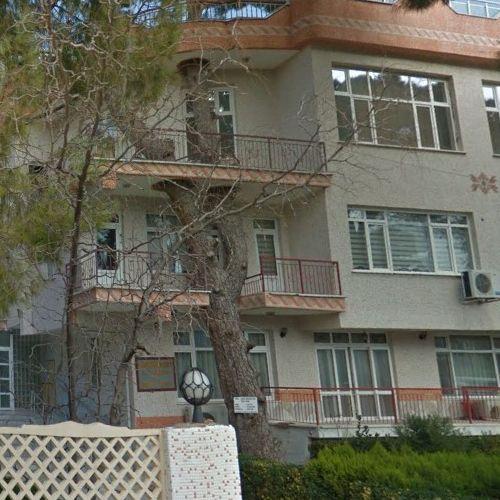
The 325-year-old pine tree’s trunk is visible in several areas of the building, which enhances the structure’s organic appeal, highlighting the balance between nature and architectural design.
The Significance of the 325-Year-Old Pine Tree
The 325-year-old pine tree has become significant to the Saruhan Bey Build’s history, and it continues to serve as a vital part of the site’s architecture. People who visit the Saruhan Bey Building are continually awed by this old tree’s existence and how it appears to have integrated itself with this historical site.
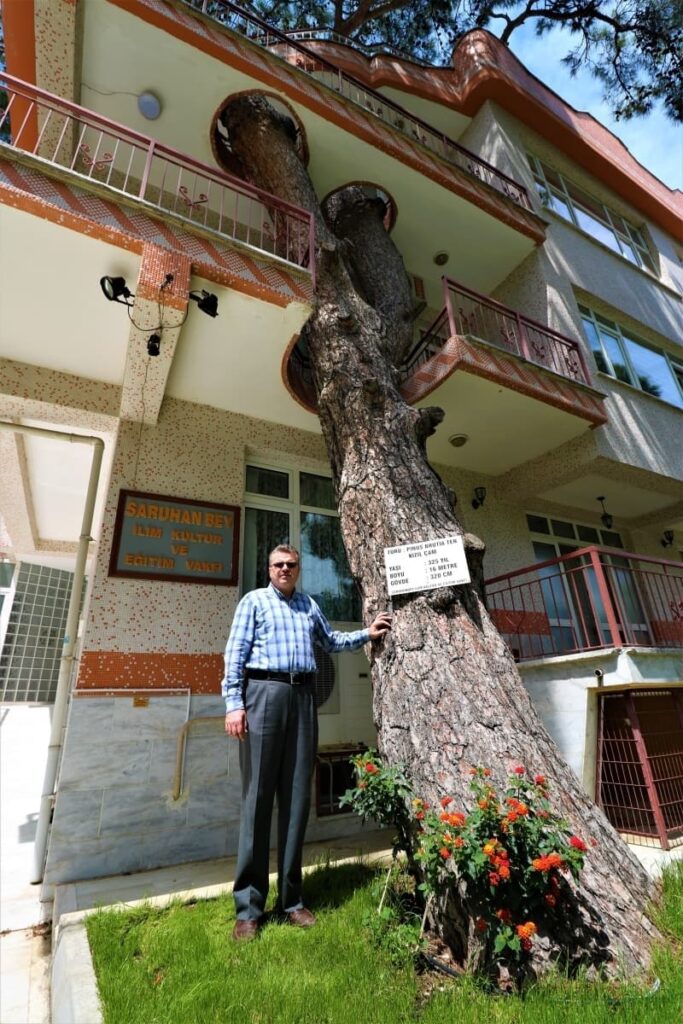
The pine tree is not just a tree, but it represents something beyond the natural world – a symbolic gesture of a quest for environmental balance and respect for the historical site.
